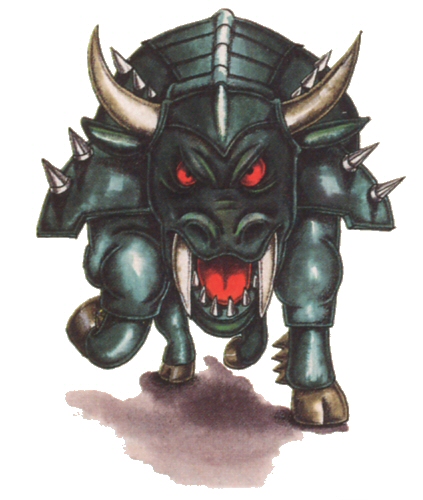
In a letter to Julian Huxley, one Eric G. The toadstone is alluded to by Duke Senior in Shakespeare’s As You Like It (1599), in Act 2, Scene 1, lines 12 through 14:īenjamin Franklin wrote an account of four live toads claimed to have been found enclosed in quarried limestone. Loose toadstones were discovered among other gemstones in the Elizabethan Cheapside Hoard and there are surviving toadstone rings in the Ashmolean Museum and the British Museum.įigure 2: Toadstones from Jurassic sediments in Oxfordshire. They were supposedly most effective against poison when worn against the skin, on which occasion they were thought to heat up, sweat and change colour. If a person was bitten by a venomous creature a toadstone would be touched against the affected part to effect a cure. The true toadstone was taken by contemporary jewellers to be no bigger than the nail of a hand and they varied in colour from a whitish brown through green to black, depending on where they were buried. In their folklore, a toadstone was required to be removed from an old toad while the creature was still alive, and as instructed by the 17th century naturalist Edward Topsell, could be done by setting the toad on a piece of red cloth.” As early as the 14th century, people began to adorn jewellery with toadstones for their magical abilities. “ Like tonguestones (fossilised shark teeth), toadstones were considered to be antidotes for poison and were also used in the treatment of epilepsy. They were first recorded by Pliny the Elder in the first century.Īccording to Paul Taylor of the London Natural History Museum: The toad has poison glands in its skin, so it was naturally assumed that they carried their own antidote and that this took the form of a magical stone. They were described as “stones that are perfect in form” and were set by European jewellers into magical rings and amulets from Medieval times until the 18th century.įrom ancient times people associated the fossils with jewels that were set inside the heads of toads. Toadstones (Fig.2) are in fact the button-like fossilised teeth of Lepidotes, an extinct genus of ray-finned fish from the Jurassic and Cretaceous Periods, (201 to 66 million years ago). Like batrochite, it was believed to be an antidote to poison and in this it is like batrachite, supposedly formed in the heads of frogs. The toadstone, also known as bufonite (from Latin bufo, “toad”), is a mythical stone or gem that was believed historically to reside in the heads of toads. So, what is the background to these phenomena? In antiquity toads were believed to have special powers because of a jewel in their head.


This addition may not be too unusual for the time as many miners and collectors, especially up to the Victorian period, believed that animals (especially toads) became entombed within rock during formation and were able to remain in a suspended animated condition until release.

© John Cooke / Buxton Museum and Derbyshire County Council. (Fig.1) Figure 1: John Mawe rock and mineral collection showing petrified frog.

Whilst inspecting an example of a John Mawe mineral collection (from the 1820s) at Buxton Museum and Art Gallery it was observed that it contained an uncatalogued item, namely a petrified frog. Written by John Cooke, Mineral Enthusiast and Part-Time Volunteer Curator


 0 kommentar(er)
0 kommentar(er)
